Home>Gardening & Outdoor>Landscaping Ideas>How To Know If Grass Is Dead
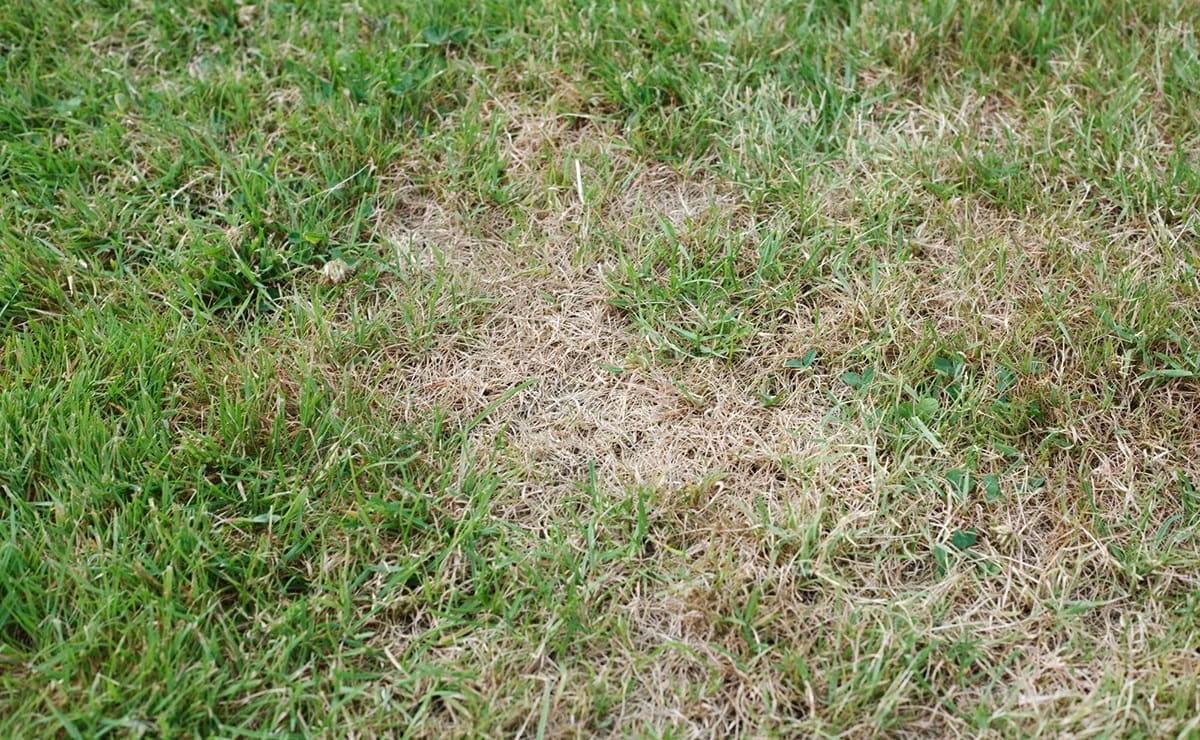

Landscaping Ideas
How To Know If Grass Is Dead
Modified: February 18, 2024
Learn how to determine if your grass is dead with these landscaping ideas. Discover tips for reviving your lawn and improving its health.
(Many of the links in this article redirect to a specific reviewed product. Your purchase of these products through affiliate links helps to generate commission for Storables.com, at no extra cost. Learn more)
**
Introduction
**
When it comes to maintaining a vibrant and luscious lawn, the health of your grass is of paramount importance. However, despite your best efforts, there may come a time when you notice patches of discolored or lifeless grass in your yard. It's essential to be able to identify whether the grass is truly dead or merely dormant, as this determination will guide your next steps in achieving a revitalized and thriving lawn.
Understanding the signs of dead grass, as well as methods for testing its vitality and steps for potential revival, can empower you to make informed decisions about your lawn care. In this comprehensive guide, we will delve into the various indicators of dead grass, techniques to assess its condition, and actionable measures to breathe new life into your lawn. By the end of this article, you will be equipped with the knowledge and strategies needed to rejuvenate your lawn and restore its natural beauty.
Key Takeaways:
- Dead grass shows signs of discoloration, brittle texture, lack of growth, and weed presence. Testing methods include the tug test, observation over time, soil examination, and professional consultation.
- Reviving dead grass involves steps like thorough raking, aeration, overseeding, fertilization, optimal watering, and consistent lawn care. Professional assistance can provide tailored solutions for successful revival.
Read more: How To Describe Dead Grass
Signs of Dead Grass
Recognizing the signs of dead grass is crucial for effective lawn management. While dormant grass may appear lifeless, it often retains the potential for rejuvenation once favorable conditions return. However, identifying truly deceased grass involves observing several key indicators:
- Discoloration: Dead grass often exhibits a noticeable change in color, appearing brown, yellow, or even gray, signaling its lack of vitality. This discoloration may manifest uniformly across a particular area or in scattered patches throughout the lawn.
- Texture: When grass dies, its blades lose their supple, green texture and become brittle and dry to the touch. Running your hand over the affected area can reveal a lack of resilience, indicating the grass’s demise.
- Root Health: A sure sign of dead grass is the absence of viable roots. Digging into the soil near the affected area and examining the roots can provide insight into the grass’s condition. If the roots are brown, frail, or virtually non-existent, the grass is likely deceased.
- Lack of Growth: Dead grass does not exhibit growth or regrowth, even when provided with adequate water, sunlight, and nutrients. If a patch of grass remains unchanged despite favorable conditions, it may be beyond resuscitation.
- Presence of Weeds: Areas of dead grass are susceptible to weed infestation, as the lack of healthy grass allows opportunistic weeds to take root and thrive in the compromised environment.
By familiarizing yourself with these telltale signs, you can accurately assess the condition of your lawn and make informed decisions about the necessary course of action. While dead grass may seem disheartening, understanding its indicators opens the door to potential remedies and proactive measures to restore your lawn’s vitality.
Testing Grass for Signs of Life
Before determining that grass is irreversibly dead, it’s essential to conduct thorough tests to ascertain its potential for recovery. By assessing the grass for signs of life, you can make informed decisions about the best approach to revive your lawn. Here are some effective methods for testing grass and evaluating its vitality:
- Tug Test: A simple yet insightful way to gauge the health of grass is by performing a tug test. Grasp a handful of grass blades at the base and gently tug upward. If the blades pull out easily and the roots appear shallow or non-existent, it indicates that the grass is likely dead. Conversely, strong resistance and the presence of deep, firmly anchored roots suggest that the grass is alive and capable of recovery.
- Observation Over Time: Patience is key when assessing the viability of grass. By closely monitoring a patch of discolored or seemingly lifeless grass over several weeks, you can observe any signs of regrowth or rejuvenation. New shoots, vibrant green hues, and increased density within the area indicate that the grass is still alive and undergoing a revival process.
- Soil Examination: The condition of the soil surrounding the grass can provide valuable insights. Conduct a soil moisture test by probing the ground in the affected area. If the soil is dry and lacks the essential moisture required for healthy grass growth, it may be a contributing factor to the grass’s distress. Conversely, adequately moist soil supports the potential for grass recovery.
- Professional Consultation: When in doubt about the viability of your grass, seeking the expertise of a lawn care professional can provide clarity. A knowledgeable professional can conduct comprehensive assessments, including soil analysis and grass health evaluations, to determine the best course of action for your lawn.
By employing these testing methods, you can gain a deeper understanding of your grass’s condition and make informed decisions about the most effective strategies for lawn restoration. Whether through simple tests or professional guidance, the process of evaluating grass for signs of life sets the stage for targeted and successful lawn care interventions.
To know if grass is dead, gently tug on the blades. If they come out easily, the grass may be dead. Look for brown, brittle, or yellow patches as well.
Steps to Revive Dead Grass
Reviving dead grass requires a thoughtful and systematic approach to address the underlying issues and create an environment conducive to regrowth and vitality. By following these proactive steps, you can embark on a journey to breathe new life into your lawn:
- Thorough Raking: Begin the revival process by raking the affected area to remove dead grass, thatch, and debris. This allows for better air circulation and prepares the soil for subsequent treatments.
- Aeration: Aerating the soil promotes better water and nutrient absorption, essential for supporting grass reestablishment. Utilize aeration tools to perforate the soil and alleviate compaction, creating an optimal foundation for new growth.
- Overseeding: Introduce fresh grass seeds to the treated area to encourage new growth and fill in sparse or barren patches. Select high-quality seeds suitable for your region and grass type, and ensure proper watering and maintenance to facilitate germination.
- Fertilization: Apply a balanced, slow-release fertilizer to provide essential nutrients that support grass recovery. Choose a fertilizer specifically formulated for revitalizing lawns and follow application instructions meticulously to avoid overfeeding or causing stress to the grass.
- Optimal Watering: Consistent and adequate watering is critical for nurturing newly seeded areas and promoting the revival of dormant grass. Monitor soil moisture levels and adjust watering frequency to prevent dehydration or waterlogging, fostering an environment conducive to grass rejuvenation.
- Lawn Care Regimen: Implement a comprehensive lawn care regimen that includes regular mowing, weed control, and ongoing monitoring of the treated areas. Maintaining a consistent care routine supports the sustained recovery and flourishing of the revived grass.
- Professional Assistance: In cases where extensive lawn damage or uncertainty regarding revival methods arises, enlisting the expertise of a lawn care professional can provide tailored solutions and guidance for effectively reviving dead grass.
By diligently following these steps and adapting them to suit your lawn’s specific needs, you can embark on a transformative journey toward reviving dead grass and cultivating a vibrant, resilient lawn. Patience, attentiveness, and a proactive approach are key elements in nurturing the revival process and achieving a lush, rejuvenated landscape.
Conclusion
Understanding the nuances of grass health and vitality equips you with the knowledge to make informed decisions about your lawn’s care and restoration. By recognizing the signs of dead grass, conducting thorough tests to assess its condition, and implementing targeted revival strategies, you can breathe new life into your lawn and witness the resurgence of lush, vibrant grass.
While the prospect of dead grass may initially seem disheartening, it’s important to approach the situation with optimism and a proactive mindset. By leveraging the steps outlined in this guide, including thorough raking, aeration, overseeding, fertilization, and diligent lawn care, you can embark on a transformative journey to revive your lawn and foster a thriving outdoor oasis.
Moreover, seeking professional guidance when needed and maintaining a consistent care regimen are invaluable components of successful lawn restoration. By partnering with experts and staying attuned to your lawn’s evolving needs, you can navigate the process of grass revival with confidence and efficacy.
Ultimately, the journey to revive dead grass is a testament to your dedication to cultivating a vibrant and resilient landscape. Through patience, attentiveness, and the application of proven strategies, you can witness the remarkable transformation of your lawn, fostering a haven of natural beauty and vitality for years to come.
Embrace the opportunity to revive your lawn, and let the rejuvenation of your grass stand as a testament to the transformative power of informed lawn care and unwavering dedication to nurturing the natural world around you.
Frequently Asked Questions about How To Know If Grass Is Dead
Was this page helpful?
At Storables.com, we guarantee accurate and reliable information. Our content, validated by Expert Board Contributors, is crafted following stringent Editorial Policies. We're committed to providing you with well-researched, expert-backed insights for all your informational needs.
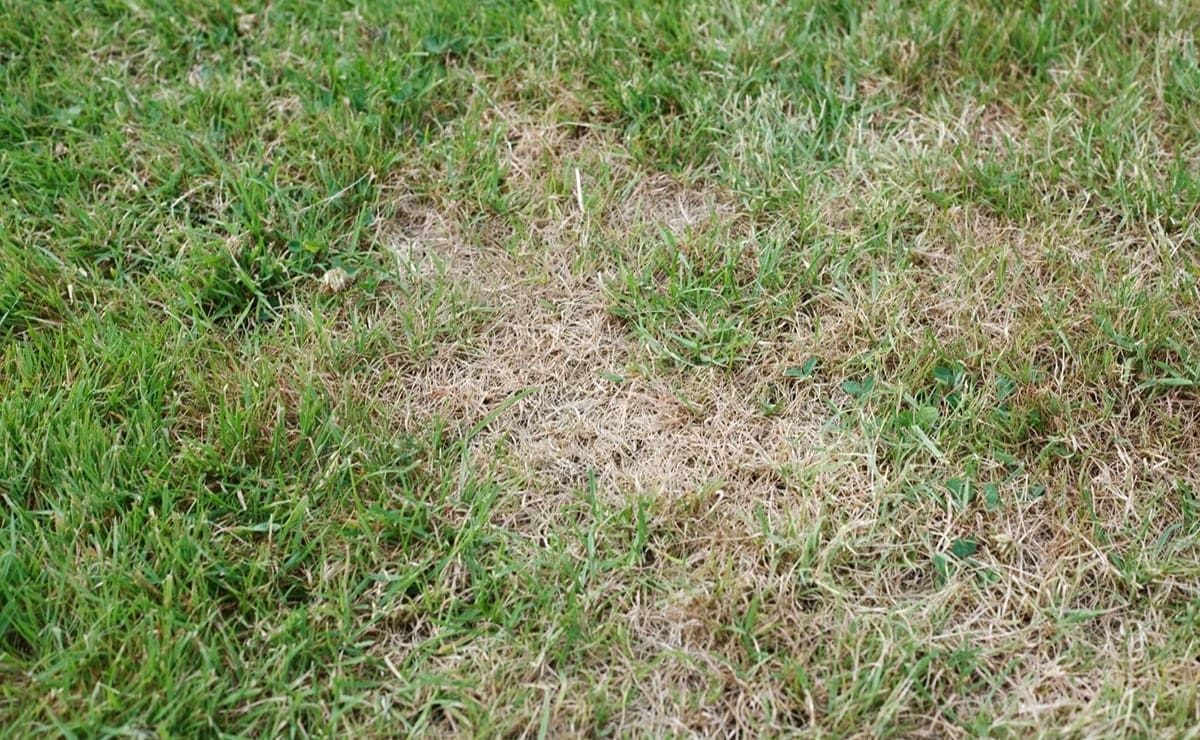
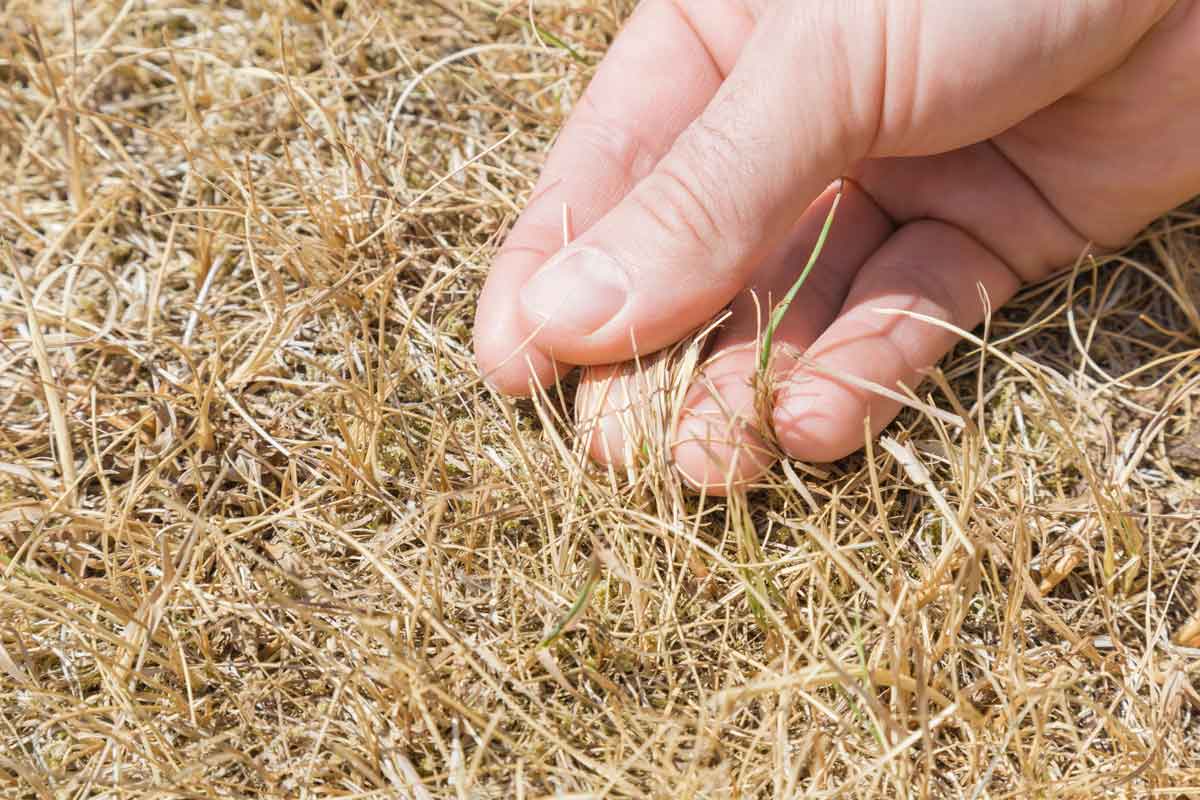
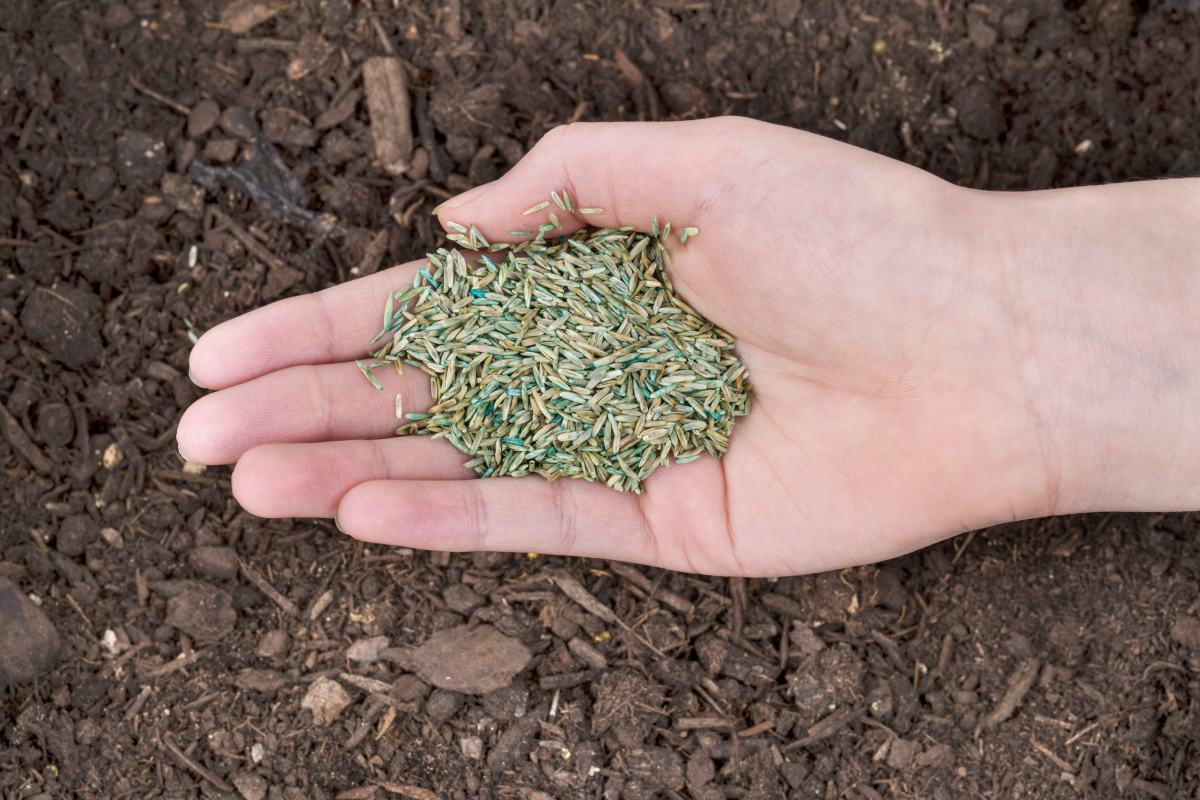
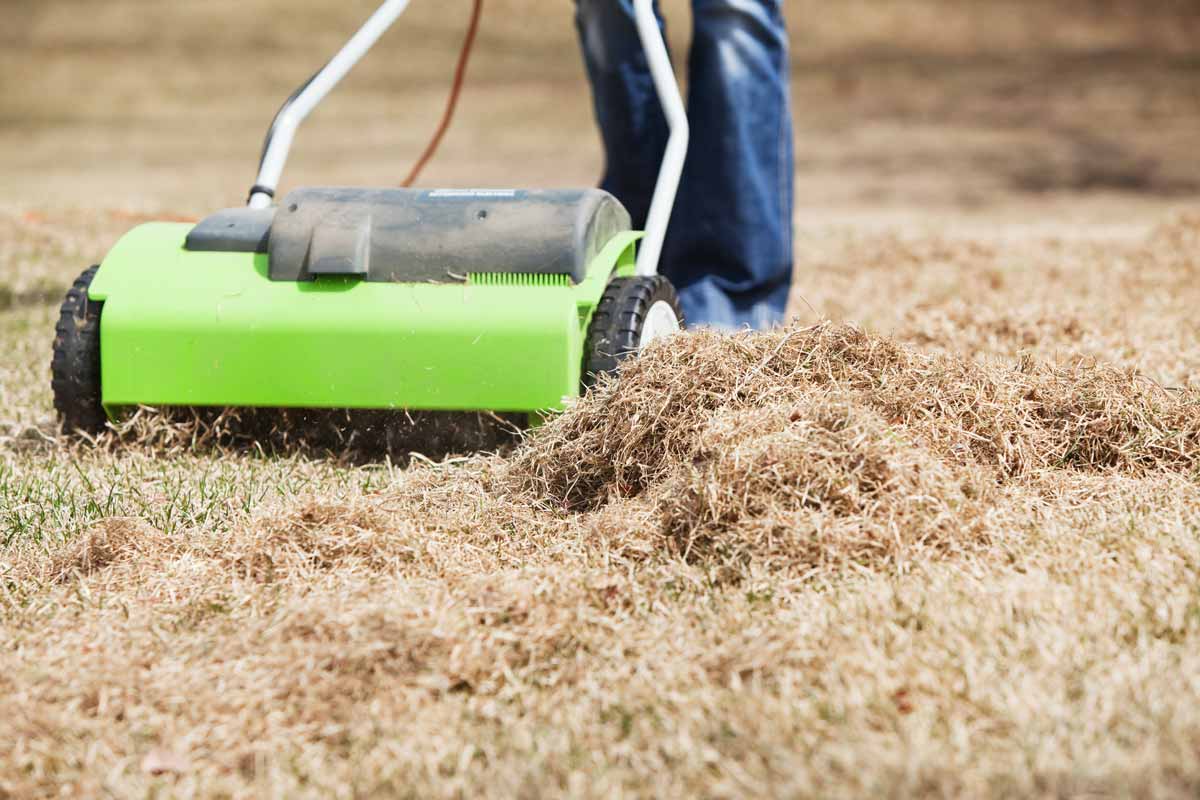
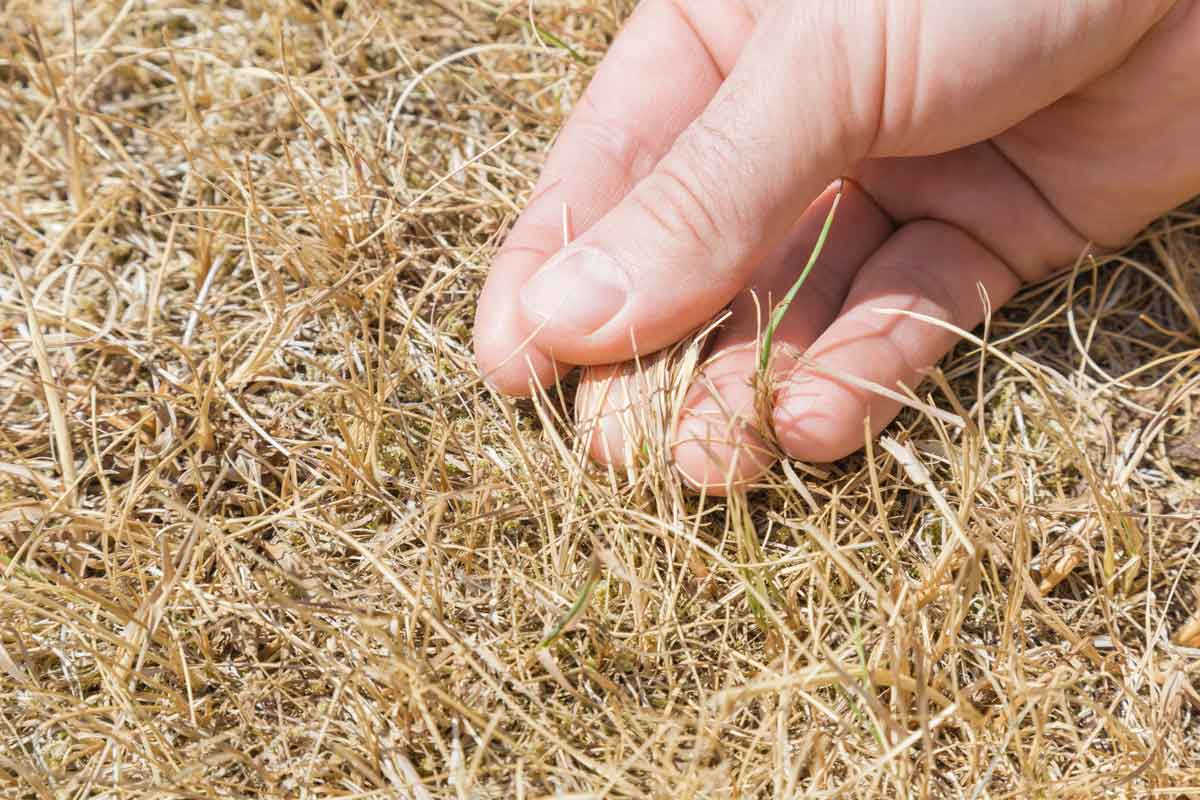
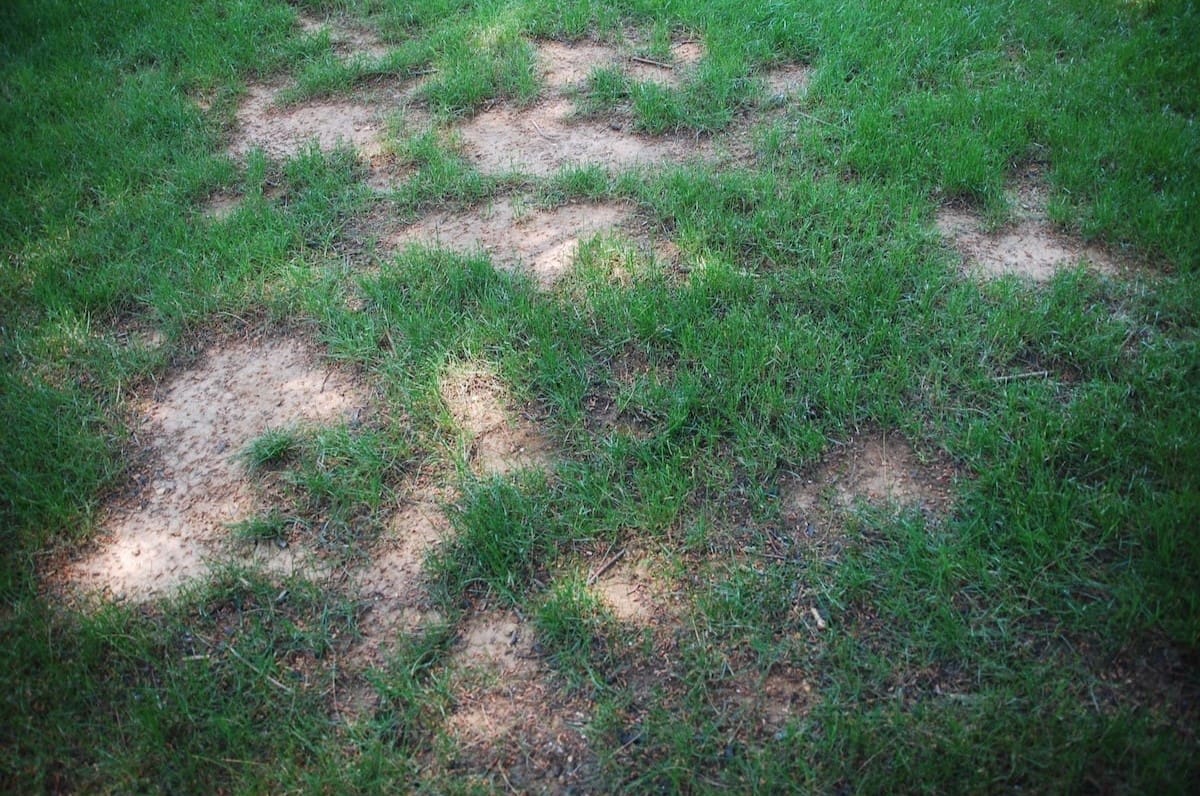
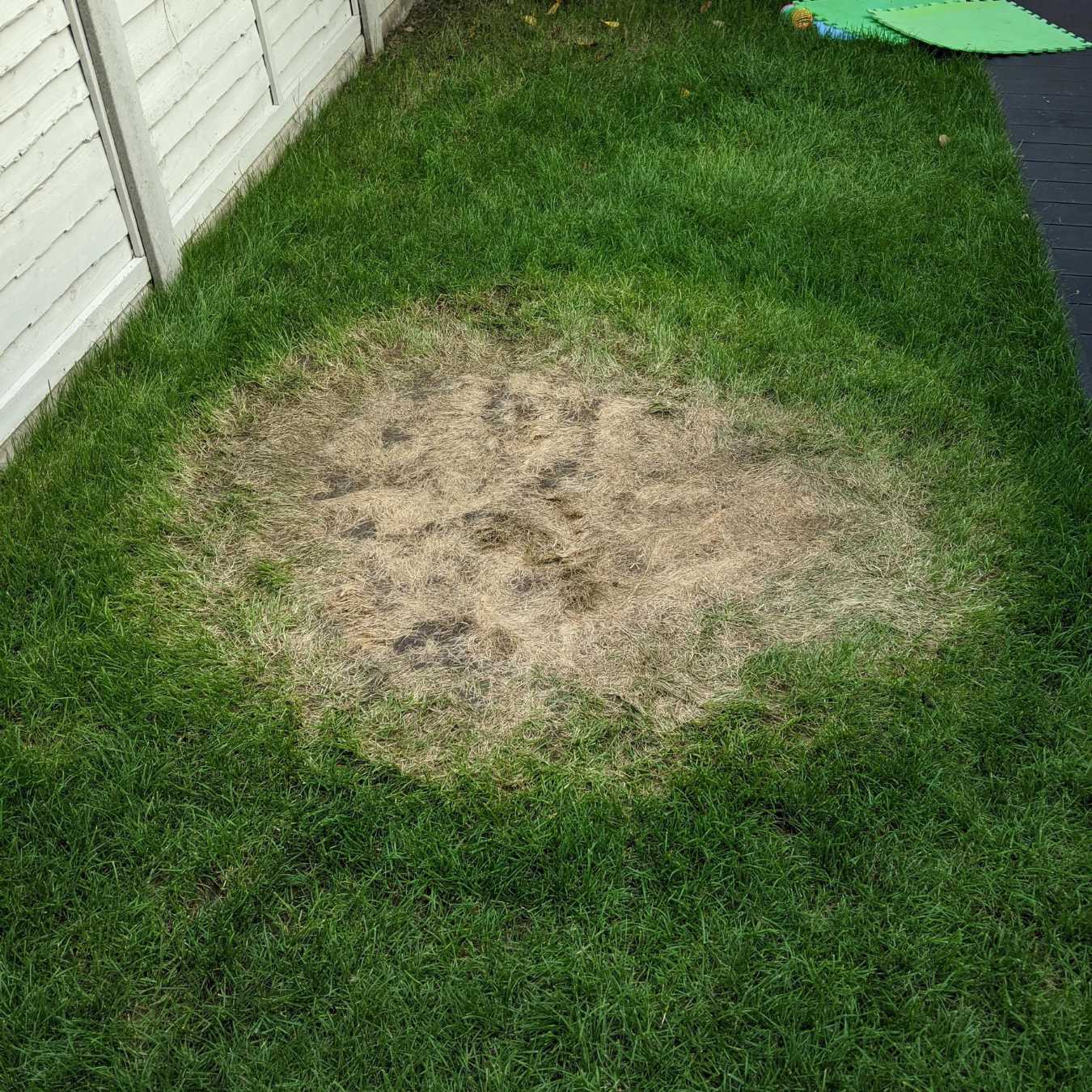
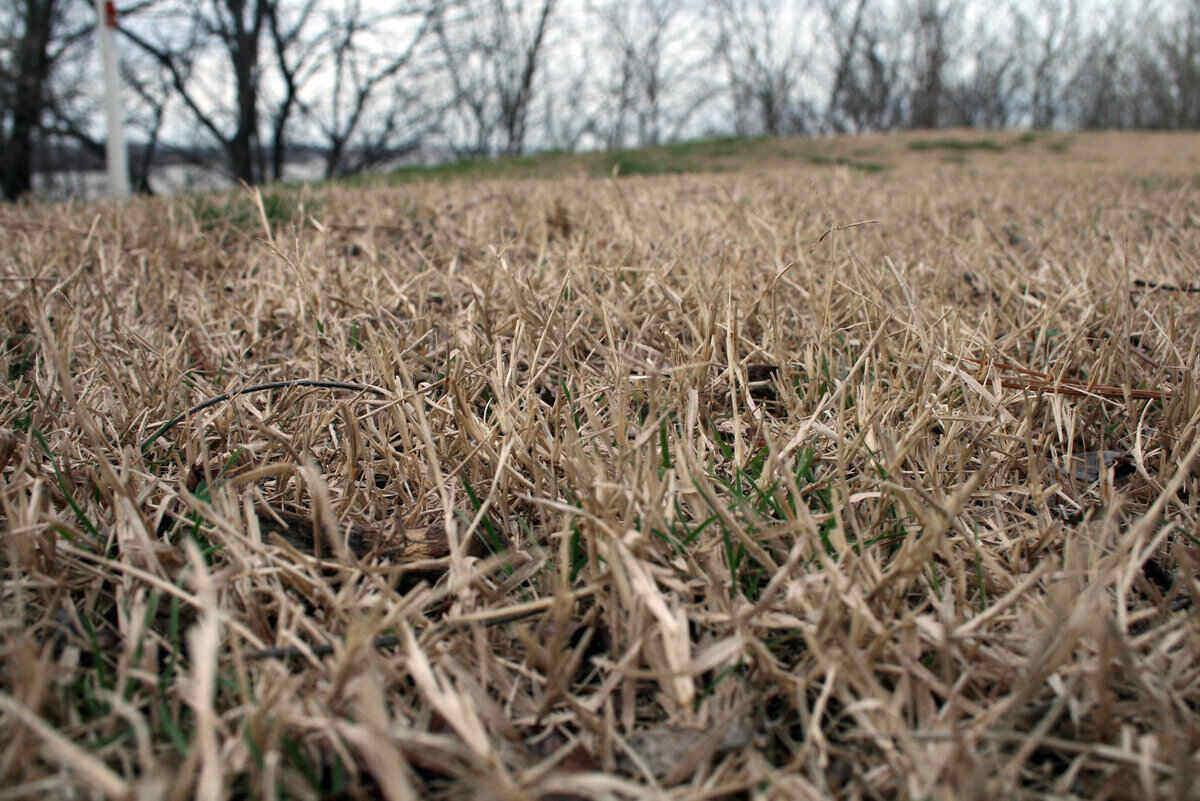
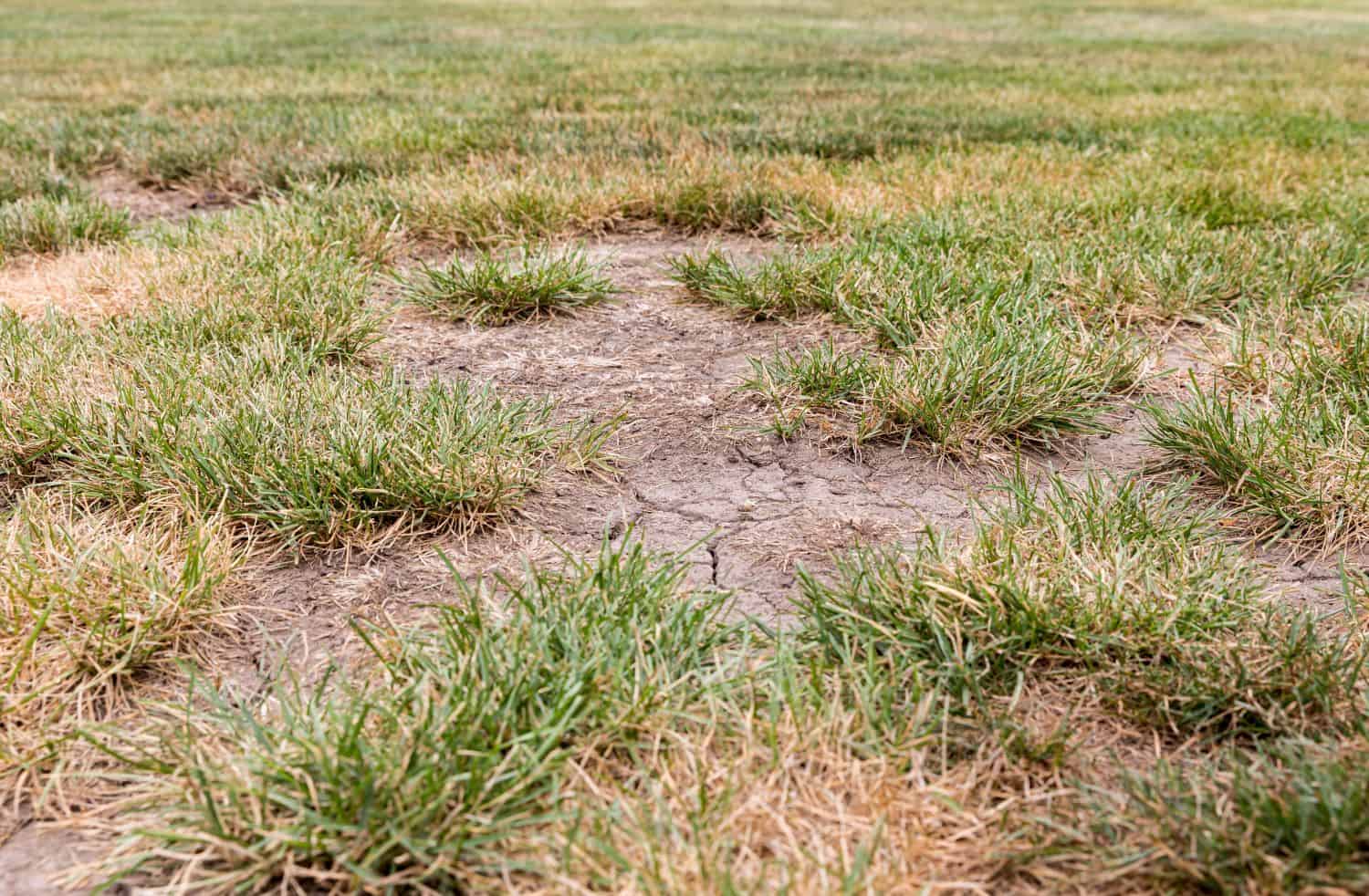
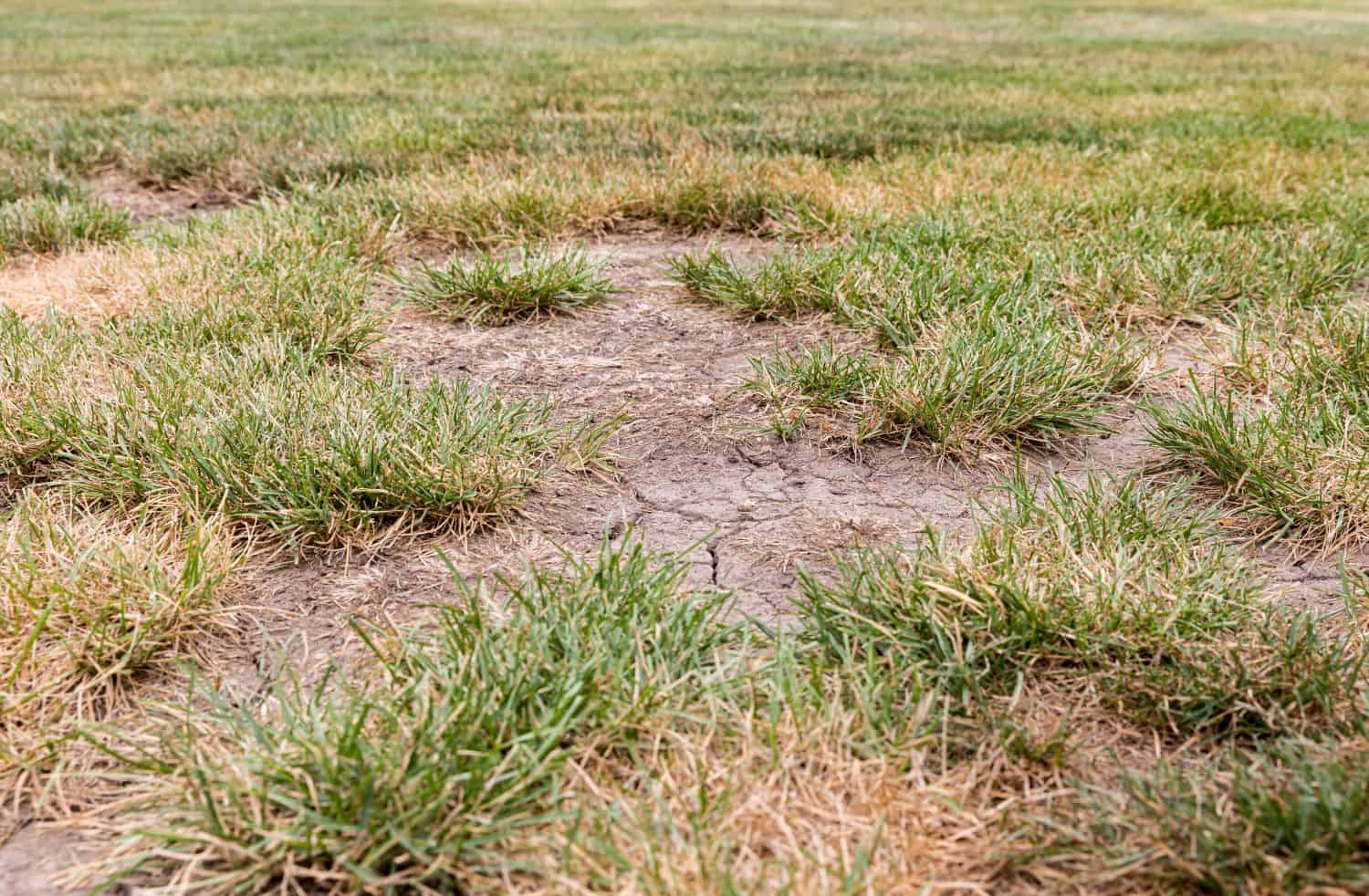
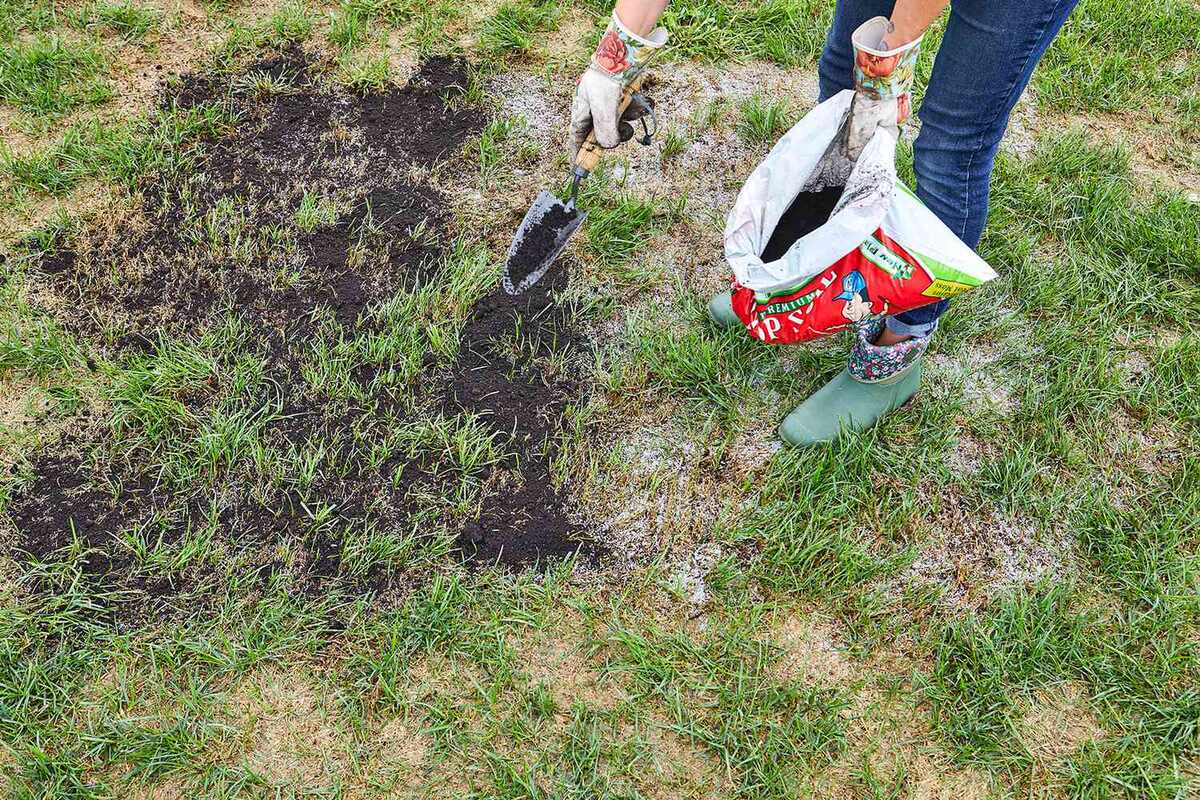
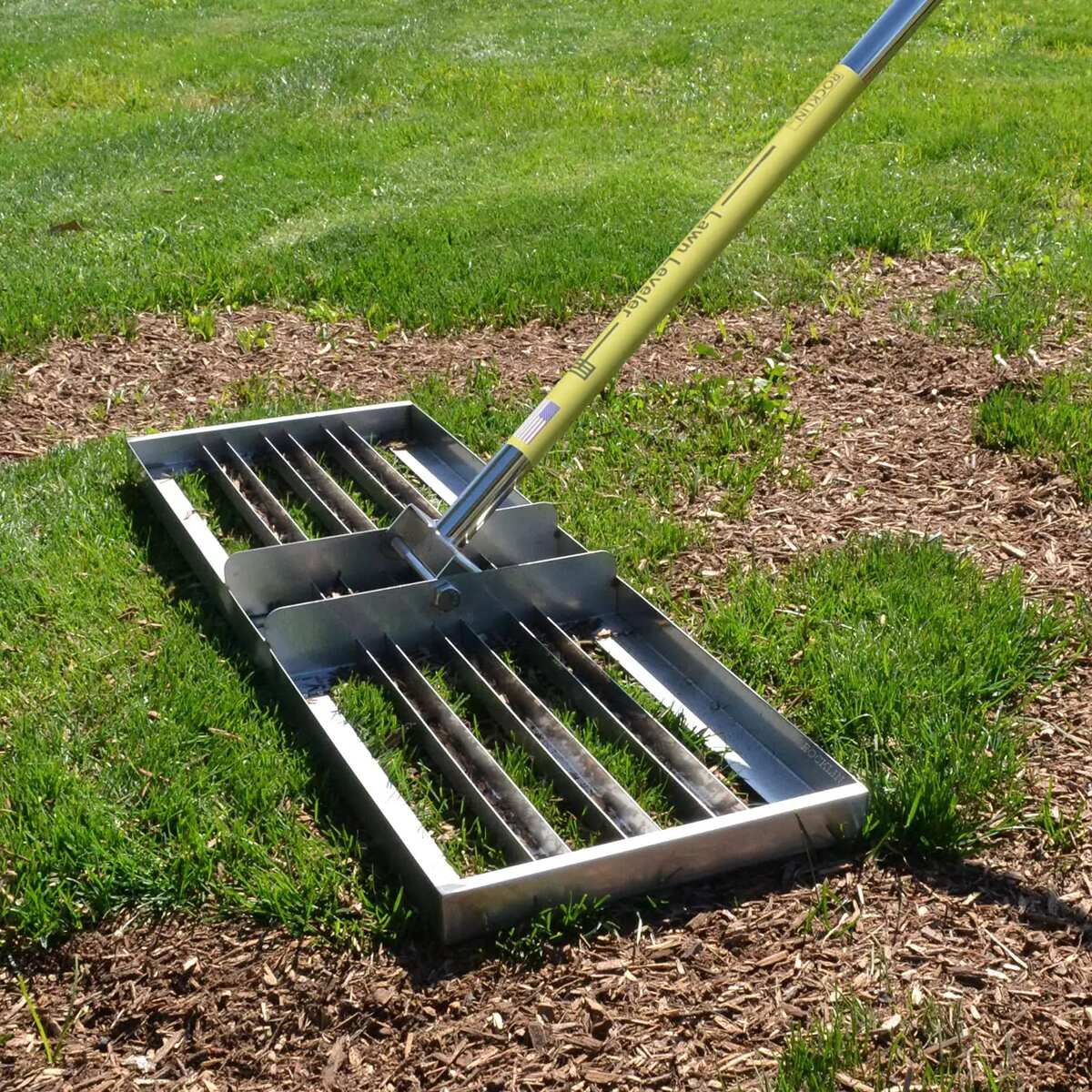
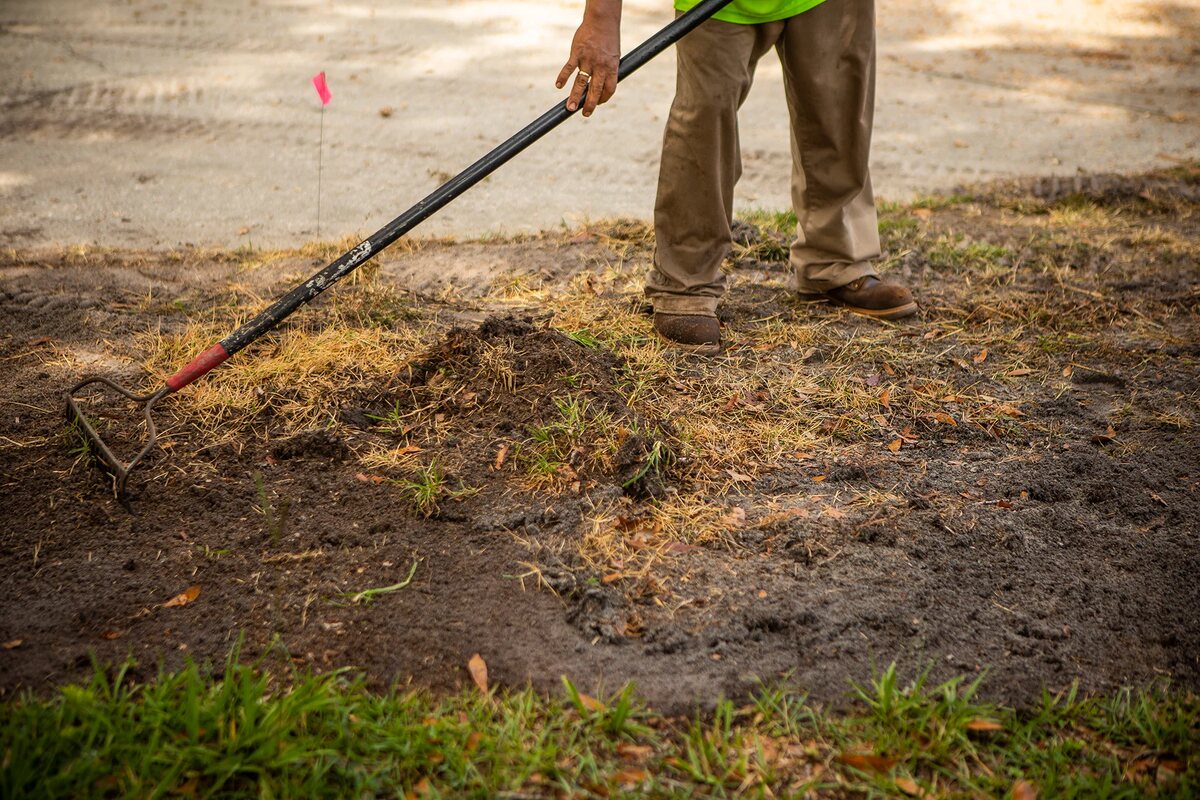
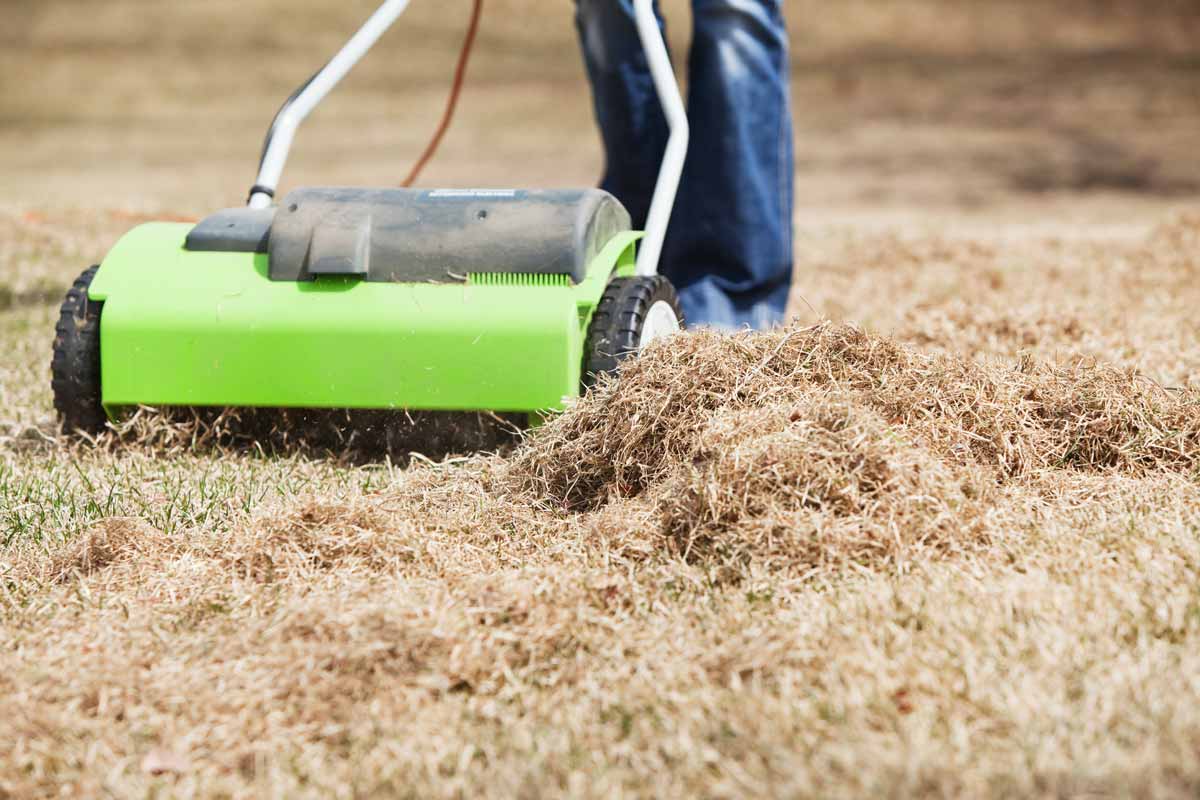
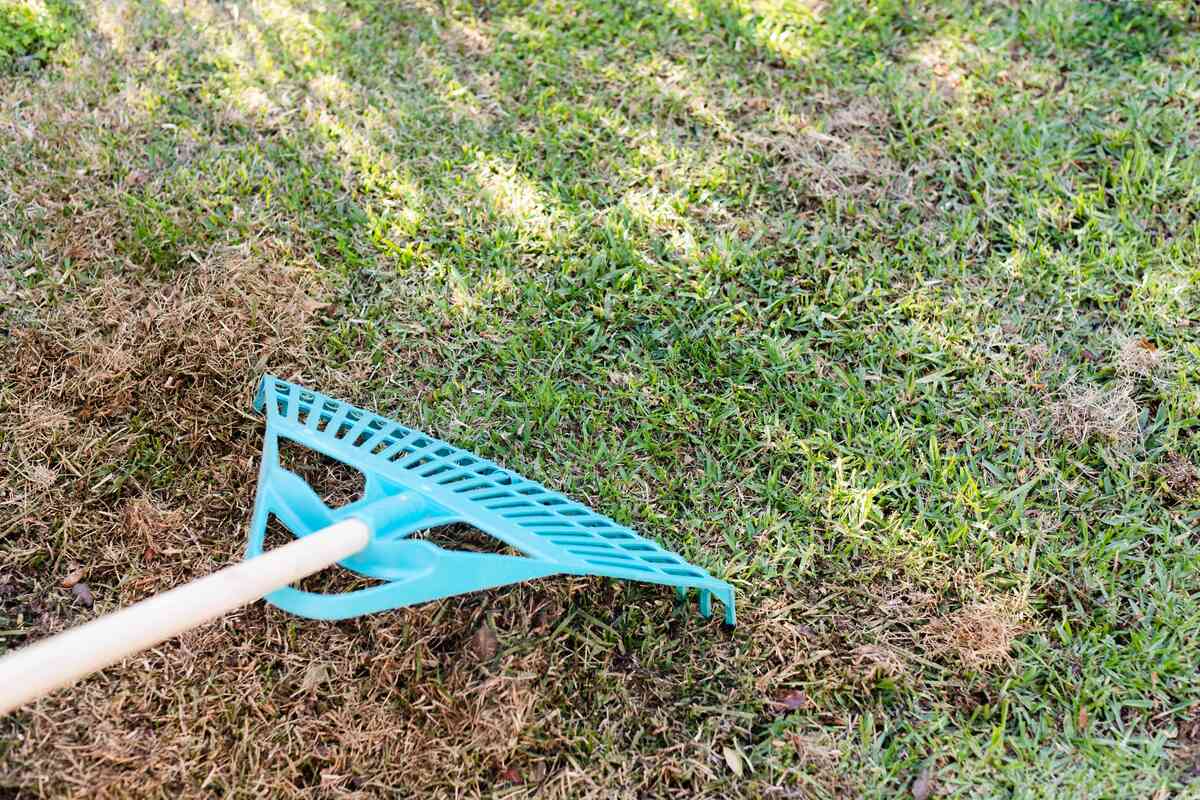

0 thoughts on “How To Know If Grass Is Dead”